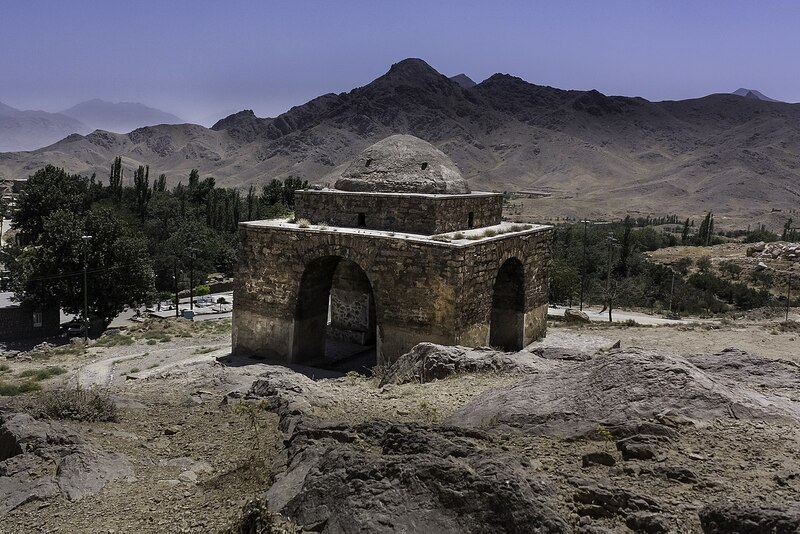Fire temples
Date:
Probably third century
Location or Findspot (Modern-Day Country):
Iran
Description:
Fire temples were built to shelter the sacred fire used in Zoroastrian religious rituals. Priests who tended these temples wore a protective face mask (padam) to avoid polluting the fire with their breath. The temples consistently have a square plan with a large arched opening on each side and a small dome on top. This plan is called a chahar taq. At the center was the altar that hold the fire, as depicted on some Sasanian coins. The sacred fire at Adur Gushnasp (later Takht-e Soleyman) was said to come from Ahura Mazda himself; it manifested his divinity. A fifth-century vizier who served several Sasanian shahanshahs reportedly built four such temples in honor of his four sons. Pilgrims visited these temples because miracles occurred there. The one at Niyasar (Neyasar) in Iran may date to the third century CE, the beginning of the Sasanian period, although it has been heavily restored. Now freestanding, it originally would have been part of a complex that included living quarters for the priests.
Relevant Textbook Chapter(s):
1,
3
Image Credits:
Wikimedia Commons

